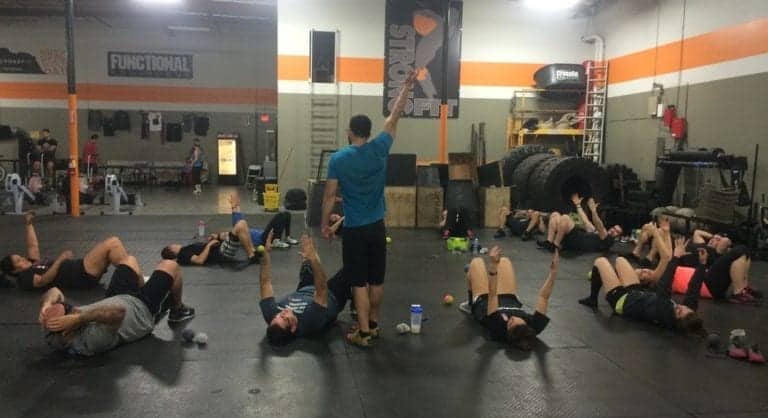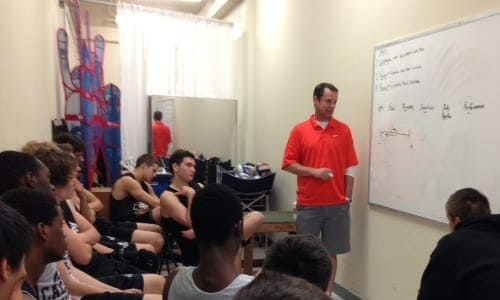Sport Psychologist, Dr. G. on tailoring coaching to different behavioral types
 Sport Psychologist and Mental Performance Coach, Dr. Ed Garrett or Dr. G. as he’s known, explains the link between the coaching connection and behavioral types. His simple explanations and situation-specific examples make the process easy to understand and his suggested solutions will have an immediate impact on your coaching.
Sport Psychologist and Mental Performance Coach, Dr. Ed Garrett or Dr. G. as he’s known, explains the link between the coaching connection and behavioral types. His simple explanations and situation-specific examples make the process easy to understand and his suggested solutions will have an immediate impact on your coaching.
At Athlete Assessments we’ve been really impressed with the clarity and direction Dr. G. provides to his clients. We wanted to share some of his advice and put it in the context of Dr. G’s professional evolution.
Dr. Ed Garrett is an associate professor for the Online Department of Health Science at California Baptist University and a Certified Mental Performance Coach with the Association for Applied Sport Psychology. He has an academic background in education and his area of interest is Motivation in Sport and Performance, Arousal Regulation, Anxiety Reduction and Prayer as a Coping Mechanism. His online lessons, “Get Psych’d”, are tremendously popular and informative.
Dr. G’s journey with behavioral assessments and sport psychology began as young volleyball coach when he was given the 15-3 team. He describes the experience saying, “the 15-3 team was never the easiest group to work with. Typically, it’s right on the cusp of ‘a wanting to play but wishing I was somewhere else’ sort of mentality.” Consequently, he says, “I had to do something different in order to motivate these 11 young athletes. I had the technical knowledge of the game, but if I couldn’t connect with my athletes cognitively, then I knew it would be a struggle.”

So, like many coaches, he started searching for a solution. He found one of the many behavioral assessment tools that are available online, the results were in his words “challenging”. He explains, “the team was made up of 10 influencers and 1 dominant. The behavioral assessment I found, used animals to display the characteristics. That meant 10 playful and loud otters and 1 roaring and focused lion. Sound like your team? For me this was a game changer.”
Dr. G’s next move was indicative of his career to come. He says, “to motivate and maximize practice efficiency, and address the cognitive change we were striving for, I learned I had to approach my practices differently. Simplistically, the 11 influencers needed time at the start of practice to socialize and discuss their day. The 1 dominant athlete needed time looking over my practice plan and to see the time-layout of practice. Once I incorporated that into the start of my practice time, I began to notice an immediate change in the level of their mental performance.”
That was then, and today behavioral assessment or profiling tools as they’re often referred to, have come a long way and as Dr. G. says they’re a “coach’s dream”. Behavioral profiling tools help coaches understand their athletes while catalyzing behavioral change. Dr. G. identifies that behavioral assessments like the Athlete Assessment AthleteDISC, can be the connective piece in coach-athlete relationships.
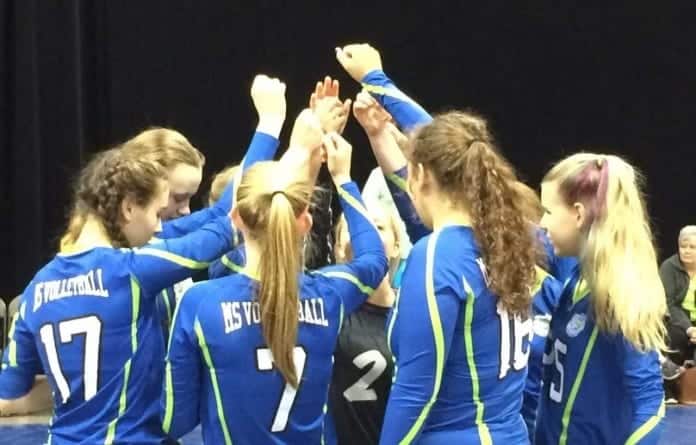
As a regular user of assessments, Dr. G. had this to say about Athlete Assessments’ DISC profiles, “Athlete Assessments provides a detailed tool called the AthleteDISC Profile. I’m not a salesman, so this is not a shameless plug, but simply an assessment review and one I encourage you to explore to help cognitively train your athletes. The AthleteDISC Profile is a personalized, comprehensive tool that assists your athletes to perform more consistently by discovering the behaviors equating to their best performances. This information supports you in applying more of your natural strengths, while recognizing, then improving upon, the behaviors not producing the results you or your athletes desire.”
Further, he says, “the AthleteDISC is an invaluable tool that provides a wealth of information I use to help athletes enhance their performance and improve their cognitive training. I have also found great success in using DISC as a team-building assessment which focuses on greater communication and team cohesion”.
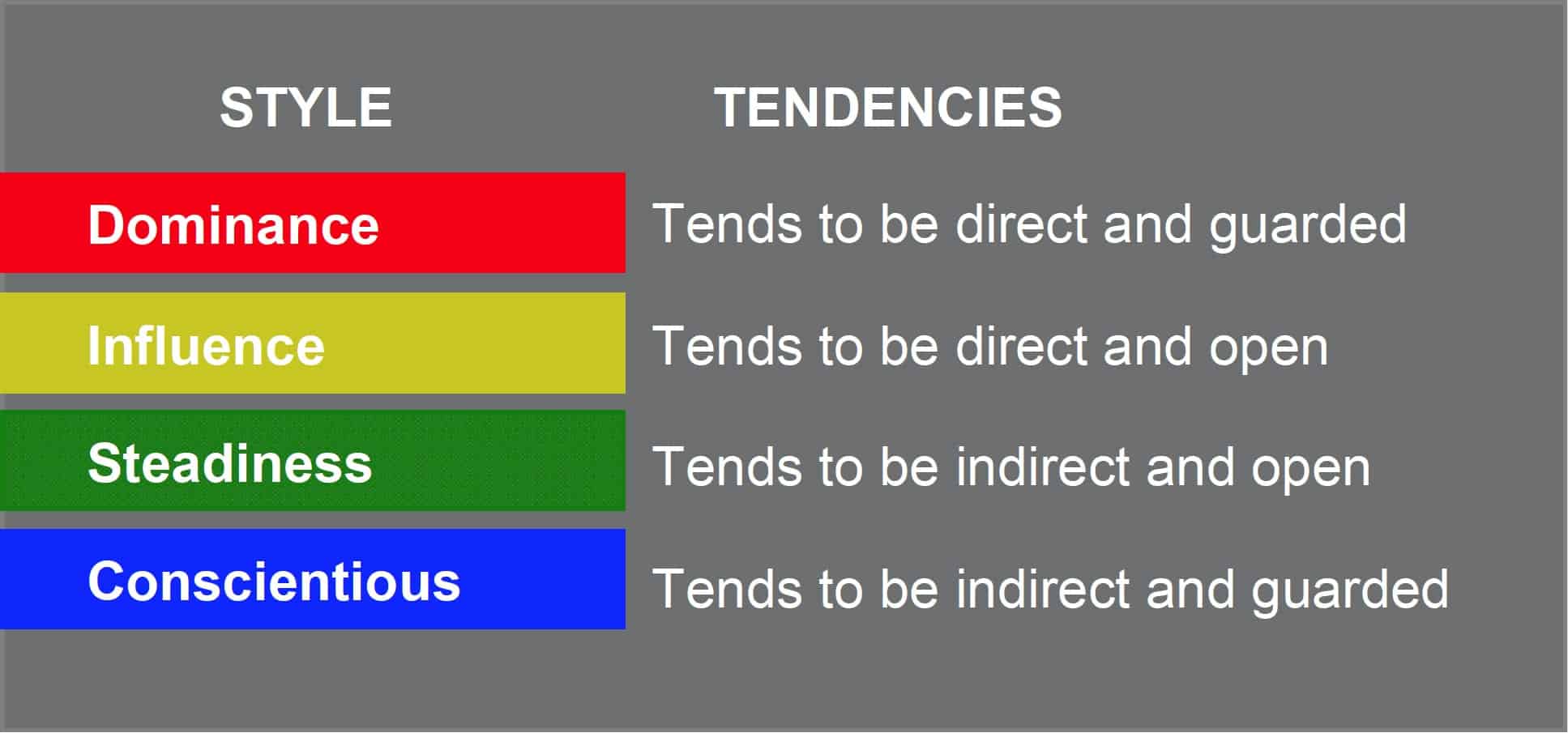
He explains that there are many assessments available and while each model groups behavior into four categories, “DISC theory focuses on patterns of external, observable behaviors using scales of directness and openness that each style exhibits. Because we can see and hear these external behaviors, it becomes much easier to “read” your athletes. The four categories are: D for Dominance, I for Influence, S for Steadiness and C for Conscientious.”
Dr. G. provides some useful examples that every coach will understand….
This is an example of AthleteDISC Profile where the person scored very high in the D/I category.
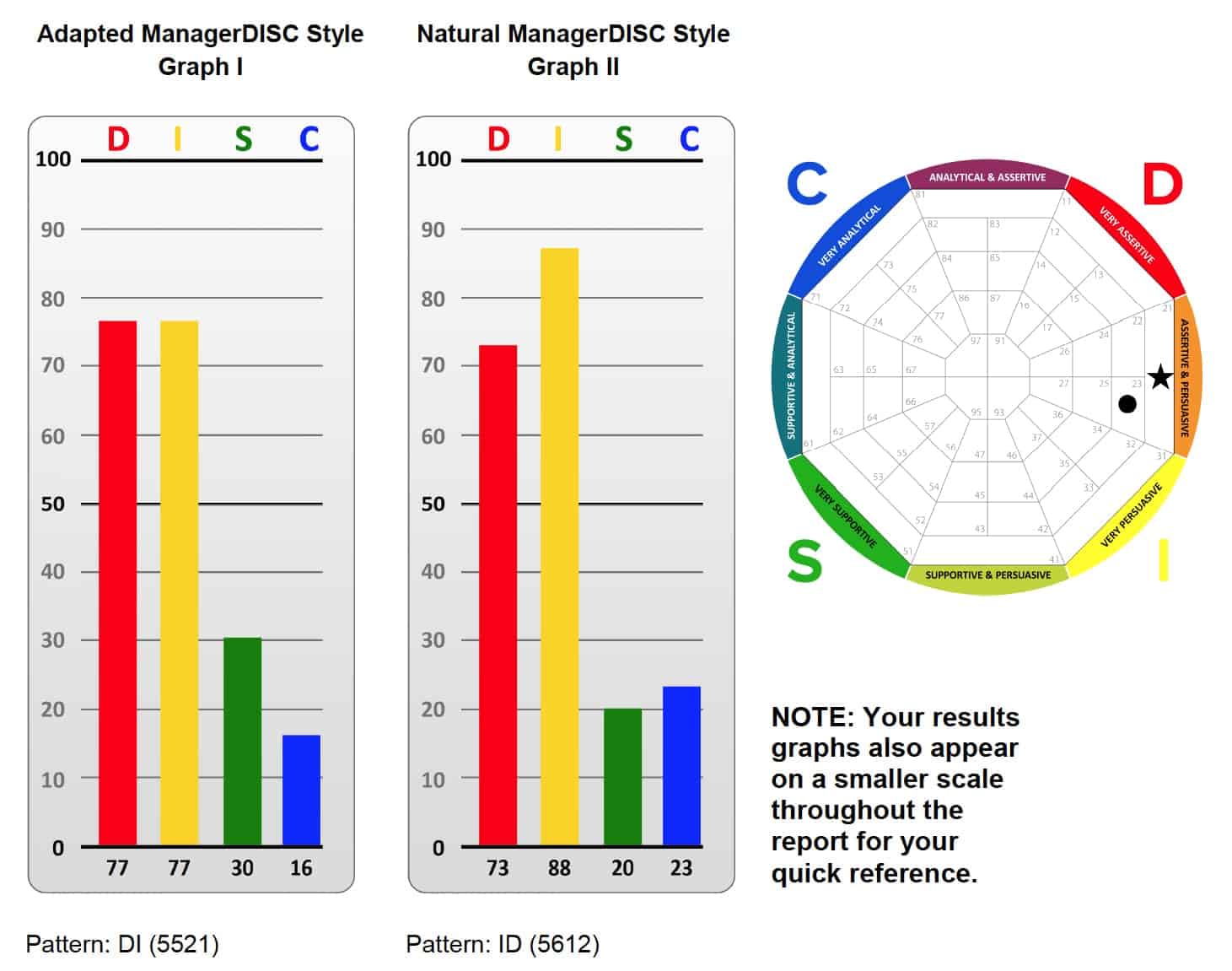
Dominance (D style) measures and identifies how assertively an individual prefers to deal with the PROBLEMS they encounter. Someone with a “high D” (greater than 50) will actively pursue and attack problems. Individuals who plot in the upper right “D” Dominant quadrant of the behavioral diamond will typically exhibit a more assertive, direct, guarded and results orientated behavioral style.
The Influence (I style) measures and identifies how an individual prefers to deal with the PEOPLE they encounter. Someone with a “high I” will be outgoing, seek personal connections and enjoy frequent interactions with others. Individuals whose integrated plot is in the lower right “I” Influence/Extroversion quadrant of the behavioral diamond will typically exhibit a more people orientated, direct but open behavioral style.
By applying this data to the way a coach communicates and motivates the athlete many helpful details emerge. For starters, a high “D” serves as a great leader; very result driven. If I was recruiting this might be what I look for in a setter. In this example I can see that the athlete demands a lot from her team and herself, but at the same time enjoys the team setting (which is what the high “I” shares with me).
This data tells me that I could be stronger in my tone on the court with this athlete. She can take and appreciate a little more “yelling”, whereas others on the DISC may view yelling as a sign the coach does not appreciate me or like me. A high “D” will display a lion-sort of mentality in her dominance to attack the game and take her team with her. I want this athlete getting the ball on the final set. Chances are, she’ll ask for it. If this athlete was only a high “I” then I would learn that the social environment of the team is the most important thing for her.
When coaching a high “I” I would have to motivate her based on her interaction and involvement in team settings. Welcome to the social committee leader. Honestly, the high “I” can be an incredible motivator within the team, at times helping others reduce their anxiety by keeping things light in the midst of opposition. A high “I” on the team tends to make a coach’s job fun and can help keep the focus on the true nature of the game; having fun.
In the next example, we can see that this athlete scored as a high S/C in the AthleteDISC Profile.

The Steadiness (S style) measures and identifies how an individual prefers to deal with the ACTIVITY LEVEL or PACE of their daily agenda. Someone with a “high S” will exhibit a great deal of patience and prefers a stable, focused and consistent workload preferring not to frequently shift gears and alter direction mid-stream. Individuals whose integrated plot is in the lower left “S” Steadiness/Patient quadrant of the behavioral diamond will typically exhibit a more indirect but open, patient and team-focused behavioral style.
The Conscientious/Compliance (C style) measures and identifies how an individual prefers to deal with the RULES, attention to detail, accuracy and data. Someone with a “high C” will insist on accuracy, reliable facts, precision and high standards. Individuals plotting in the upper left “C” Conscientious/Compliant quadrant will typically exhibit a more indirect and guarded, data focused detailed and analytical behavioral style.
With this knowledge you can begin to see that this athlete is a loyal member of the team. She is willing to serve and is probably the first athlete at practice to ask you if you need help setting up the court or getting the equipment out. At the same time the high “C” lets you know that this athlete will look at an offense, or defense, and begin to pick it apart and see patterns based on how she analyzes the situation. So, when I have a high “C” on my team I enjoy, in between games, having her talk with me as we watch other teams play. Typically, the conversation is about the analysis of the gaps in their defense and how we can attack them.
I have also learned not to be surprised when a high “C” asks multiple “Why?” questions during practice. A high “C” is not trying to be difficult; she is simply trying to grasp the concept you are teaching her by gathering further information. As a high “S” as well I can motivate and communicate with this athlete from a loyalty standpoint. She probably is one of the athletes I want meeting and greeting new recruits coming in for a visit. If you have ever done the “pit” drill, then a high “S” probably will be the one that will fight through this drill to ensure “her” team does not have to run.
Dr. G. explained that he uses the profiles for each and every client he sees, both privately and within the university. He illustrates this point by telling us that he recently profiled the CBU Soccer team and all of the coaching staff. He says, “lessons learned and tools like the DISC can be invaluable in helping coaches motivate and athletes stay motivated in their behavioral change. In my day-to-day work with California Baptist University the AthleteDISC Profile is an easy assessment that provides a great deal of information both the athlete and coach can work through in hopes of bringing about the cognitive and behavioral changes desired in one’s training.”
In summary, he reminds us why it’s important for the coaches to tailor their communication to each athlete. He says, “it’s not what you said, it’s what they heard.”
In a humbling statement of purpose, when we asked Dr. G., what he found most rewarding about his role, this was his reply…
“Being able to serve others. Working within the world of sport psychology it is so rewarding to see one of my athletes, or teams, walk off the playing field and know I had a small part in helping them enhance their love for the game”.
You can follow Dr. G. on Twitter at @SPwithDrG
Where to from here…
Are you a consultant or sport psychologist looking to achieve similar results with your clients? You too can take your consultancy to the next level and achieve the success that Ed Garrett has.
As a top consultant, your clients rely on you being the best in your field, knowing the true determinants of success and having access to the tools that will make the most impact when it comes to improving performance. Athlete Assessments’ DISC Profiling is the tool you need to help your clients realize their potential.
Find out more about Athlete Assessments’ Consultant Program now.
At Athlete Assessments we’re here to provide you with excellence in service and to help you be your best. If there is anything we can do to be of service, don’t hesitate to contact us.
Suggested Articles
When we think CrossFit, gyms and performance coaching, most people immediately think physical, but Mental and Fitness Performance Coach, Jared Cohen, is achieving exceptional results using mental strategies in combination with physical improvement.
High-Performance consultant Sandra Chu leverages sport-specific DISC Profiling to optimize athlete and coach performance, communication and team dynamics for lasting success.
Mental Performance Coach, Dr Nicole Detling, is distinguished by her ability to cultivate exceptional progress in her athletes. Professionally, she was a fundamental part of Team USA’s incredibly successful campaigns at the 2010 Vancouver Olympics, 2014 Sochi Olympics and the 2018 Olympics in PyeongChang. She worked with the US Speed Skating and Freestyle Aerial Ski Teams as well as the Snowboarding team for PyeongChang. Over 2 decades she’s developed a unique insight into the pressures associated with Olympic performance, how to work through them and lay the foundations for success.
One of the biggest misconceptions when it comes to Sport Psychology is that an athlete needs to have deficits in their mental game before they can seek support. But Sport Psychologist, Dr. Justin Anderson works with some of the world's best athletes who just want to “be better”.
There are instances in sport when a coach will experience a significant break-through with an athlete, or an intense moment of satisfaction when something goes exceptionally well. We describe these instances as “coaching moments”. And although they are often fleeting, they are also treasured, and what makes the hard work and dedication worthwhile. For many coaches, it is what they love most about their role.
For consultants, it isn’t all that different. There are still those special moments when it all comes together and the dedication to the role delivers a “life changing” experience for the client. Performance Consultant Patrick Rufo recently shared one of these very moments with us.



